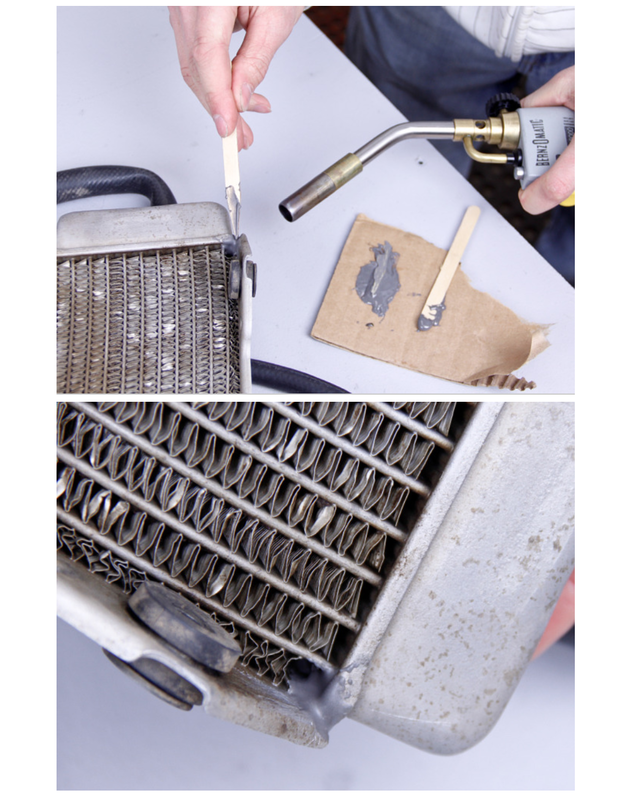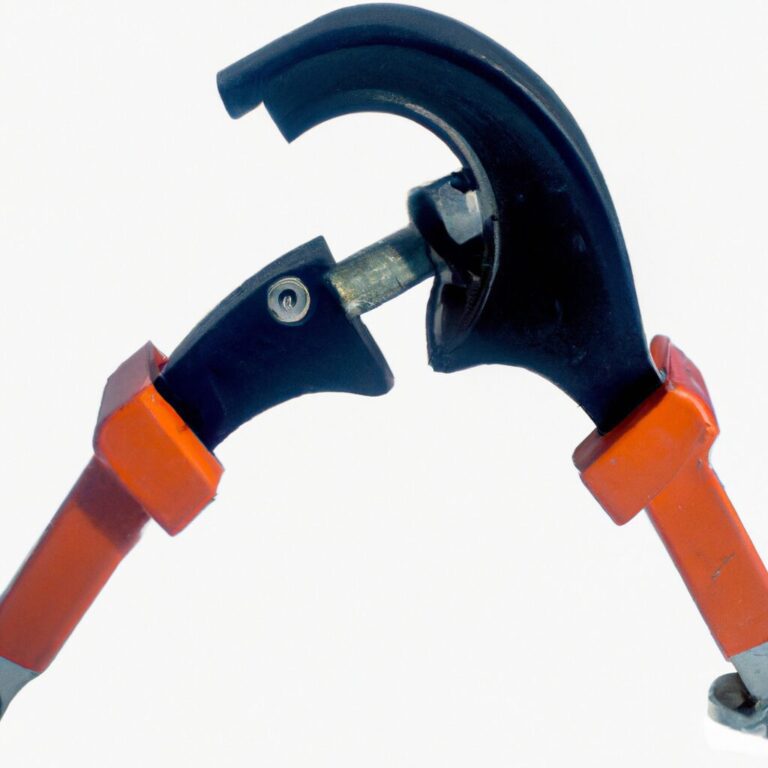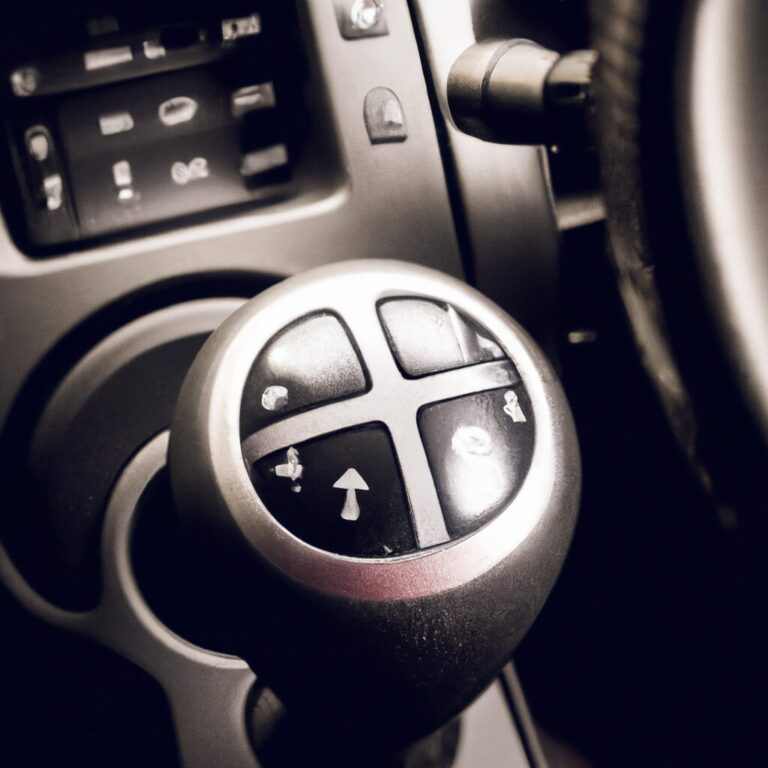How to Repair Radiator
To repair a radiator, identify the leak and seal it with a radiator repair kit or professional help. Radiator repair involves fixing leaks and ensuring proper coolant circulation.
When your vehicle’s radiator starts leaking, it can lead to overheating and engine damage if left unaddressed. Proper repair is crucial to maintain the functionality of your car’s cooling system and prevent more severe issues down the line. This guide will walk you through the steps to effectively repair your radiator, whether it involves a simple DIY fix or seeking the assistance of a professional mechanic.
By understanding the process and following the necessary steps, you can keep your radiator in top condition and your vehicle running smoothly.

Credit: www.diymotofix.com
Assessing The Problem
In order to properly repair a radiator, it is essential to first assess the problem. Identifying the issues, checking for leaks or blockages, and determining if a repair is necessary are the initial steps in this crucial process.
Identifying Radiator Issues
When assessing a radiator, the first step is to identify any potential issues such as overheating, reduced heat output, or unusual noises. These signs can indicate underlying problems that need to be addressed.
Checking For Leaks Or Blockages
Next, it is important to check for any leaks or blockages within the radiator system. Leaks can reduce the efficiency of the radiator, while blockages can hinder the flow of coolant, leading to overheating or inadequate heating in the vehicle.
Determining If A Repair Is Necessary
After identifying issues and checking for leaks or blockages, the next step is to determine if a repair is necessary. Assess the severity of the problem and consider factors such as the age and condition of the radiator before deciding on the appropriate course of action.

Credit: carused.jp
Preparing For The Repair
Gathering Necessary Tools And Materials
Make sure to have all the tools ready before starting the radiator repair project.
- Wrench set
- Screwdriver
- Radiator coolant
- New radiator hose
- Work gloves
Safety Precautions To Take
It is crucial to follow safety measures during the repair to avoid accidents.
- Allow the engine to cool down before working on the radiator.
- Use protective eyewear and gloves to prevent injuries.
- Be cautious when handling hot components to avoid burns.
Repairing The Radiator
Repairing the radiator is a simple process that involves identifying and fixing any leaks, replacing damaged parts, and ensuring proper cooling system function. With the right tools and step-by-step instructions, you can easily repair your radiator and keep your vehicle running smoothly.
Draining The Cooling System
repairdraining the cooling system. This involves removingcoolant from the radiator.Identifying And Replacing Damaged Components
inspectdamagedleakscracks. Replacefaultyfunctionality.Soldering Or Patching Leaks
identifyrepairsolderingpatching them. This will preventcoolantloss. Rememberrefillcoolantrepair process.
Credit: m.youtube.com
Testing And Reinstalling
After successfully refilling the cooling system, it’s time to move on to the next steps of testing for leaks and reinstalling the radiator. These are crucial steps in ensuring that the radiator repair job has been completed effectively and that the vehicle’s cooling system is in optimal condition.
Refilling The Cooling System
To refill the cooling system, carefully pour the recommended coolant mixture into the radiator and the overflow reservoir. Use a funnel to prevent spills and ensure that the level reaches the specified mark. Once filled, replace the radiator cap and start the vehicle to allow the coolant to circulate. Keep an eye on the coolant level and top up if necessary.
Testing For Leaks
After refilling the system, it’s important to test for leaks. Visually inspect the radiator and surrounding hoses for any signs of coolant leakage. Additionally, use a pressure tester to apply pressure to the system and check for any leaks. Address any leaks promptly to prevent overheating and damage to the engine.
Reinstalling The Radiator
When reinstalling the radiator, ensure that all connections and hoses are securely in place. Reattach any brackets or mounting hardware that was removed during the repair process. Carefully lower the radiator back into position and secure it according to the manufacturer’s specifications. Lastly, reattach the electrical connections and hoses, and double-check that everything is properly secured before starting the engine.
Frequently Asked Questions On How To Repair Radiator
Can A Damaged Radiator Be Repaired?
Yes, a damaged radiator can be repaired. It is possible to fix leaks or replace parts in order to restore functionality. However, the extent of the damage will determine whether repair is feasible and cost-effective. It is best to consult a professional mechanic for a proper assessment.
Can You Fix A Car Radiator Yourself?
Yes, you can fix a car radiator yourself by following step-by-step instructions. However, it’s essential to have the right tools and knowledge. Regular maintenance and inspection can prevent radiator issues. Remember to safely dispose of any coolant.
Can You Repair A Leaking Radiator?
Yes, a leaking radiator can be repaired by sealing the leak with a radiator sealant or epoxy. It is essential to identify the source of the leak before attempting repairs.
Will Jb Weld Fix A Hole In A Radiator?
Yes, JB Weld can fix a hole in a radiator due to its strong adhesive properties.
How Long Does It Take To Repair A Radiator?
The time it takes to repair a radiator depends on the extent of the damage and the expertise of the person performing the repair.
What Are The Common Signs Of A Radiator Issue?
Look out for signs like overheating engine, coolant leaks, a sweet smell, and fluctuating temperature gauge.
Can I Repair A Radiator Leak Myself?
Yes, you can repair small radiator leaks yourself using a radiator sealant or epoxy, but major leaks may require professional assistance.
Conclusion
To sum up, repairing your radiator is a manageable DIY task that can save you time and money. By following the steps outlined in this post, you can effectively address any issues and ensure that your radiator is functioning at its best.
Keep in mind the importance of regular maintenance to prevent future problems and keep your cooling system in top condition. With the right tools and know-how, you can tackle radiator repairs confidently.



